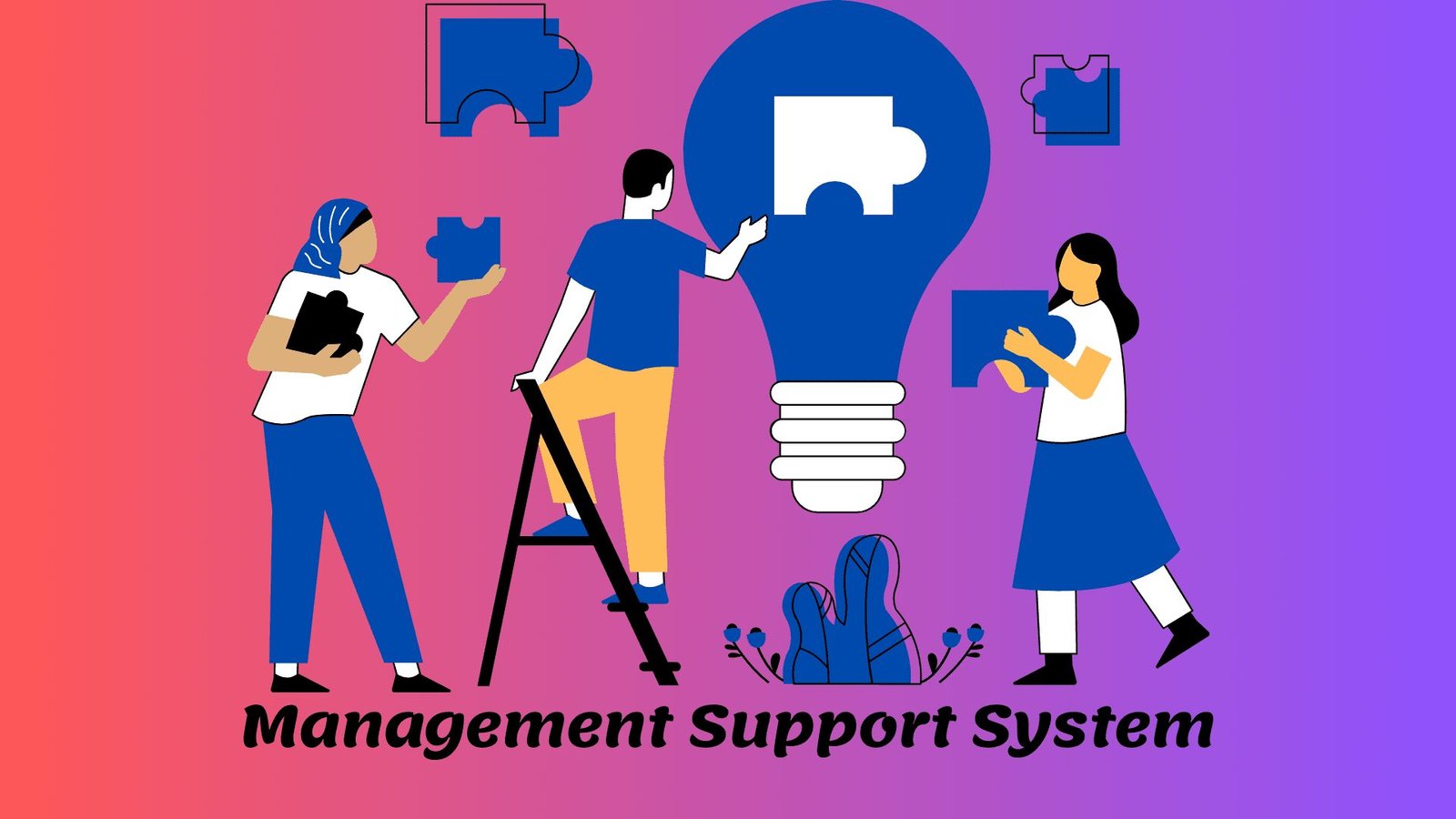Why is Organization Important for Productivity?
Explore the comprehensive analysis of organization, including its definitions, characteristics, functions, elements, and principles. Understand how effective organizational structures enhance … Continue Reading










